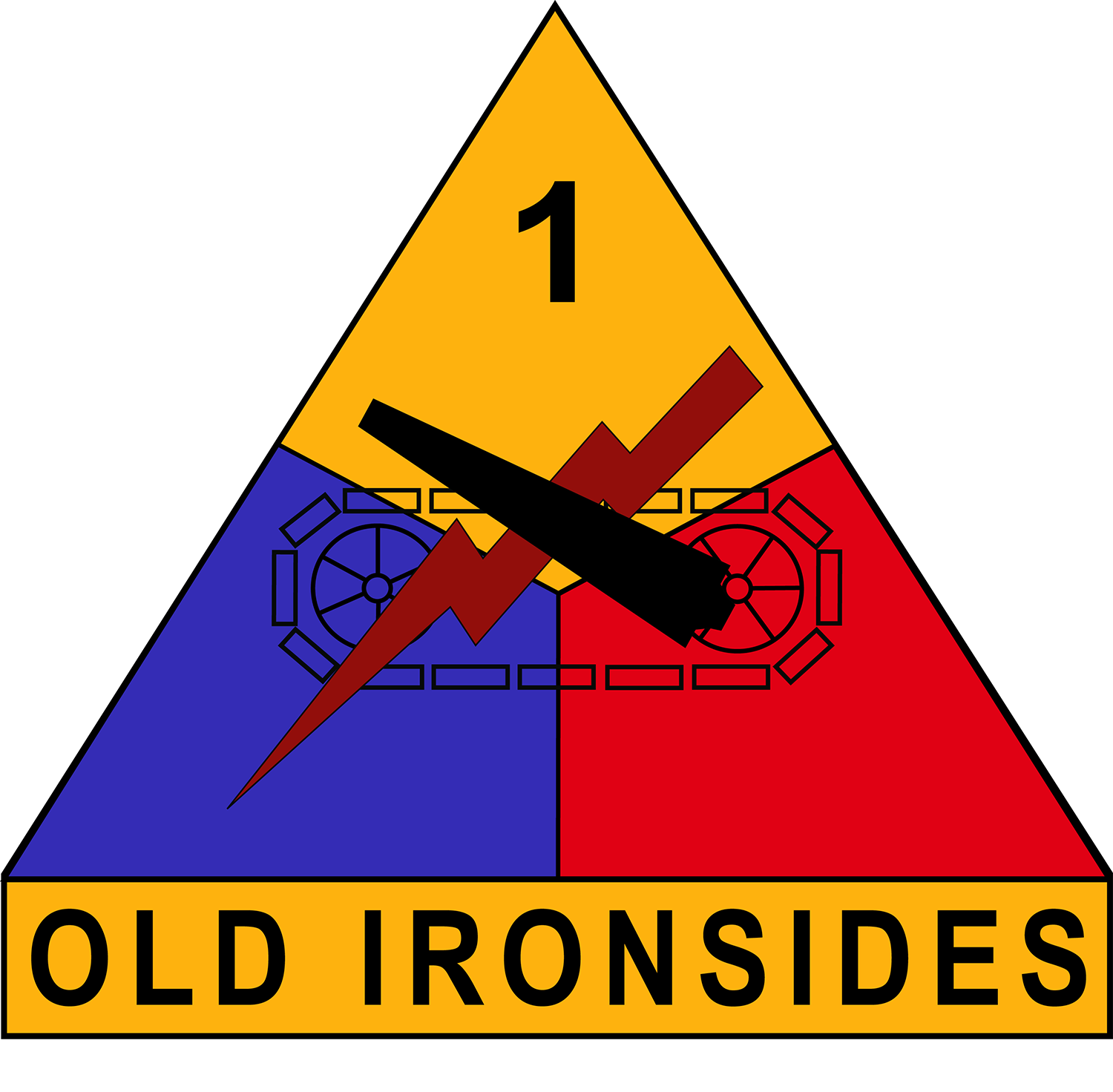
The GI Bill: An Amazing Benefit for Service Members
By Capt. Dave Hazelton, Fort Bliss Legal Assistance Office
A military benefit that has a potential value of over $300,000? Available, in full, to all Soldiers who have served for over three years? At first glance, this may sound too good to be true. Yet, that extraordinary benefit is exactly what Congress intended when they enacted Title 38 of the U.S. Code, Chapter 33, commonly referred to as the post-9/11 GI Bill.
What is the GI Bill?
The GI Bill has a long history in the United States, seeing numerous variations over the past 80 years. Initially, the GI Bill was created for service members returning home from World War II and was designed to provide meaningful opportunities to Soldiers as they separated from the Military and returned to civilian life. Though different in its effect today, the purpose of the GI Bill remains the same: reward service members for their meritorious and selfless service to the nation and provide them with the tools for success as they transition into the next stage of their career.
Ultimately, the GI Bill funds 36 months of college or technical education at a reduced or no cost to the retired service member or their qualified dependent. For public universities, the worth of the GI Bill is the State University’s in-state rate. For private universities, the GI Bill is capped at $28,937 per year. In addition, the retired service member, or qualified dependent, receives a Military Housing Allowance equal to the E-5-with-dependent Basic Allowance for Housing rate of the location of the university, a $1000 a year stipend for textbooks and supplies, and tutorial assistance up to $1200.
Eligibility and Entitlement Tiers
To qualify for any portion of the GI Bill, all that a service member must do is serve on active duty for more than 90 days. This qualifies a Soldier for 50% of the total value of all benefits (for example, at a private university, a veteran would receive half the $28,937, half the MHA, half the textbook stipend, and half the tutorial benefit). As the length of service increases, the benefit correspondingly increases. The different tiers of entitlement are as follows: 60% for active-duty service between 6-17 months, 70% for 18-23 months, 80% for 24-29 months, 90% for 30-35 months, and 100% for 36 months of service. Note that for most officers the applicable length of service only begins after that officer’s initial service obligation on active duty. Due to recent changes in the governing statute, retired service members and their spouses are no longer capped to using the benefit within 15 years of retirement, instead retaining the benefit for life.
Transferring the Benefit
To transfer GI Bill benefits to a spouse, a service member must have at least six years of service and agree to serve a four-year additional service obligation. Even at this six-year point, the service member can transfer the benefit to their spouse for immediate use. To transfer to a child, a service member must have completed 10 years of active-duty service. The child can then use this benefit after turning 18 or graduating from high school. However, the child must use the benefit before turning 26. Otherwise, the benefit will be returned to the Veteran, who can then redistribute or personally utilize the funds accordingly. Service members must transfer any benefit while on active duty.
Service members may also partition their GI Bill to multiple beneficiaries. This means that in a hypothetical family of four, the service member may transfer 12 months to a spouse, 12 months to one child, and 12 months to another child.
Yellow Ribbon Program and In-State Pricing
The Yellow Ribbon Program acts in conjunction with the GI Bill and provides additional funds to cover expenses that the GI Bill alone does not. Certain colleges and universities have made an agreement with the VA to provide a set amount of money to veteran students or their qualified dependents. By doing so, the VA matches the benefit offered by the school in reducing its tuition price. For example, if a Yellow Ribbon school offers to reduce tuition by $10,000 a year, the VA will also cover $10,000 a year, reducing the total price of tuition for the individual by $20,000 per year in total. To view qualified Yellow Ribbon schools and their corresponding offers, visit the VA Website and search “Yellow Ribbon Program.”
Similarly, many public universities will offer in-state tuition rates to veterans and their dependents, even if they have never lived in the state. Though this is school and state dependent, visit the college’s website or contact its admission office to see if such a program is available. Even if a public university does not provide the in-state tuition rate to out-of-staters, many may still provide Yellow Ribbon benefits to further help offset tuition.




